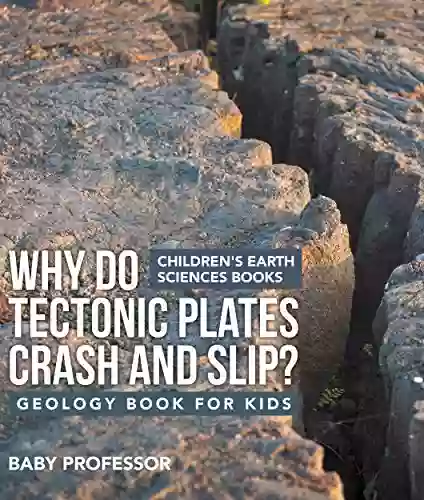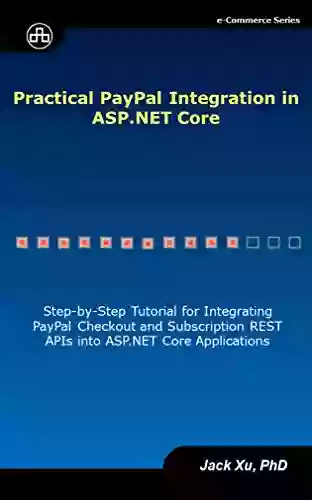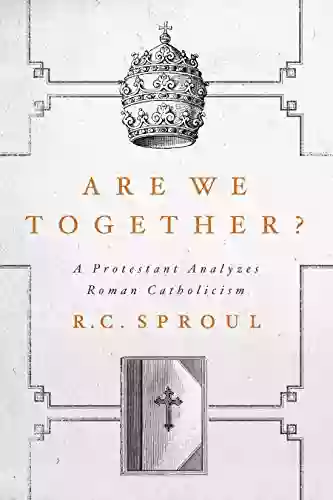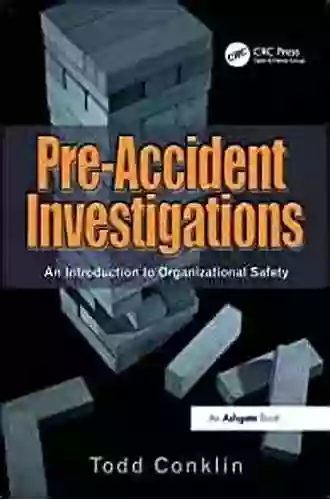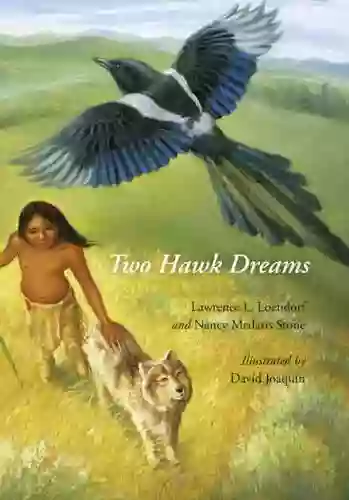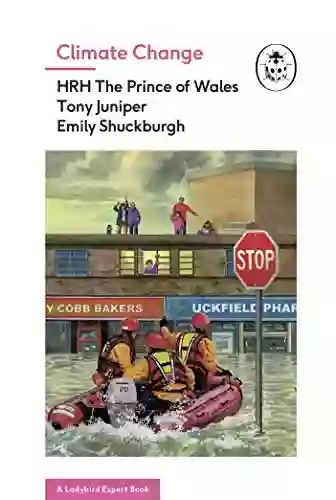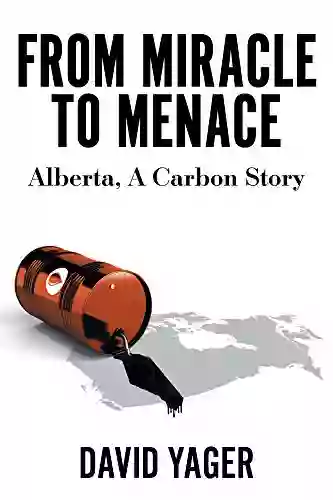Do you want to contribute by writing guest posts on this blog?
Please contact us and send us a resume of previous articles that you have written.
Why Do Tectonic Plates Crash And Slip - Geology For Kids

Have you ever wondered why earthquakes occur or how mountains are formed? The answer lies in the fascinating world of tectonic plates. Tectonic plates are large, rigid pieces of the Earth's lithosphere that fit together like a puzzle. These plates are constantly moving and interacting, creating the dynamic geology that shapes our world.
The Basics of Tectonic Plates
Tectonic plates cover the entire surface of the Earth and are divided into several major and minor plates. The Earth's lithosphere is broken into these plates, and they "float" on the semi-fluid asthenosphere beneath them. The movement of these plates is due to the convection currents within the asthenosphere.
The Earth's tectonic plates may move away from each other (diverge),move towards each other (converge),or slide past each other (transform). It is at the boundaries of these plates that most earthquakes, volcanic eruptions, and the formation of mountains occur.
4.5 out of 5
| Language | : | English |
| File size | : | 4449 KB |
| Screen Reader | : | Supported |
| Print length | : | 64 pages |
Plate Boundaries and Their Effects
At divergent plate boundaries, plates move apart from each other. If this occurs on land, it leads to the formation of rift valleys, like the famous East African Rift Valley. Underwater, it gives rise to mid-ocean ridges. These areas are characterized by volcanic activity and frequent earthquakes as magma rises from the mantle to create new crust.
Convergent plate boundaries occur when two plates collide. There are three types of convergent boundaries: oceanic-continental, oceanic-oceanic, and continental-continental. When a denser oceanic plate collides with a less dense continental plate, the oceanic plate is forced underneath the continental plate in a process known as subduction. This leads to the formation of volcanoes, mountain ranges, and deep ocean trenches.
When two continental plates collide, neither is dense enough to subduct, so the collision results in intense deformation, folding, and uplifting of rocks, ultimately forming towering mountain ranges like the Himalayas.
Transform boundaries occur when plates slide past each other horizontally. These boundaries often experience frequent earthquakes, but they do not usually lead to the formation of mountains or volcanic activity.
The Mechanics Behind Plate Movements
The driving force behind the movement of tectonic plates is the convection currents within the Earth's mantle. These currents are caused by the transfer of heat from the core to the surface, making the mantle hot enough to produce movement. The heat transfer occurs due to radioactive decay of elements within the Earth's interior.
As the mantle heats up, it becomes less dense and rises towards the surface. Once it reaches the surface, the mantle cools, becomes denser, and sinks back towards the core. This continuous cycle creates convection currents that drag the tectonic plates along with them, causing them to move and interact.
The Impact of Plate Movements
The movement of tectonic plates has profound effects on our planet. First and foremost, it is responsible for the creation of earthquakes. When two plates are locked along their boundaries due to friction, stress builds up until it exceeds the strength of the rocks. Finally, the accumulated strain is released in the form of an earthquake, causing ground shaking and tremors.
Tectonic plate movements are also responsible for volcanic eruptions. Subduction zones, where denser oceanic plates sink beneath continental plates, generate intense heat and pressure. This melting of rocks gives rise to magma, which eventually erupts through the Earth's surface, creating volcanoes.
Additionally, the slow and continuous movement of plates is what shapes our planet's surface. It is responsible for the formation of mountains, as at convergent boundaries, the collision and folding of rocks lead to their upward movement. Plate movements also contribute to the formation of ocean basins and the shifting of continents over millions of years.
Summary
Tectonic plate movements are the driving force behind earthquakes, mountains, and volcanoes. These movements occur at the boundaries of tectonic plates, where they diverge, converge, or slide past each other. The convection currents within the Earth's mantle, caused by the transfer of heat from the core to the surface, are responsible for dragging the tectonic plates along and driving their movements.
By studying the interactions between these plates, scientists gain a better understanding of the Earth's dynamic processes and can make predictions about future geological events. Geology is a fascinating field that allows us to appreciate the natural wonders that surround us and the forces that shape our planet.
So, the next time you feel the ground shake or marvel at a majestic mountain range, remember that it all started with the crashing and slipping of tectonic plates – a fascinating phenomenon that continues to shape the Earth.
4.5 out of 5
| Language | : | English |
| File size | : | 4449 KB |
| Screen Reader | : | Supported |
| Print length | : | 64 pages |
Tectonic plates are found deep in the Earth but they affect everything on land and sea. When they crash, new mountains are formed. When they slip, valleys are found. And when all these happen, earthquakes would shake cities and towns. Understanding how tectonic plates work would make it easier for children’s knowledge on geology to grow.

 Richard Simmons
Richard SimmonsThe Secrets of Chaplaincy: Unveiling the Pastoral...
Chaplaincy is a field that encompasses deep...

 Manuel Butler
Manuel ButlerAnimales Wordbooks: Libros de Palabras para los Amantes...
Si eres un amante de los animales como yo,...

 Rod Ward
Rod WardLet's Learn Russian: Unlocking the Mysteries of the...
Are you ready to embark...

 Rod Ward
Rod WardThe Incredible Adventures of Tap It Tad: Collins Big Cat...
Welcome to the enchanting world of...

 Eugene Powell
Eugene PowellSchoolla Escuela Wordbookslibros De Palabras - Unlocking...
Growing up, one of the most significant...

 José Martí
José Martí15 Exciting Fun Facts About Canada for Curious Kids
Canada, the second-largest...

 Ken Simmons
Ken SimmonsWhat Did He Say? Unraveling the Mystery Behind His Words
Have you ever found yourself struggling to...

 Carlos Fuentes
Carlos FuentesA Delicious Journey through Foodla Comida Wordbookslibros...
Welcome to the world of Foodla Comida...

 Matt Reed
Matt ReedThe Many Colors of Harpreet Singh: Embracing...
In a world that often...

 Chandler Ward
Chandler WardWelcome To Spain Welcome To The World 1259
Welcome to Spain, a country that captivates...

 Garrett Powell
Garrett PowellAmazing Recipes for Appetizers, Canapes, and Toast: The...
When it comes to entertaining guests or...

 Emilio Cox
Emilio CoxDays And Times Wordbooks: The Ultimate Guide to Mastering...
In the realm of language learning,...
Light bulbAdvertise smarter! Our strategic ad space ensures maximum exposure. Reserve your spot today!
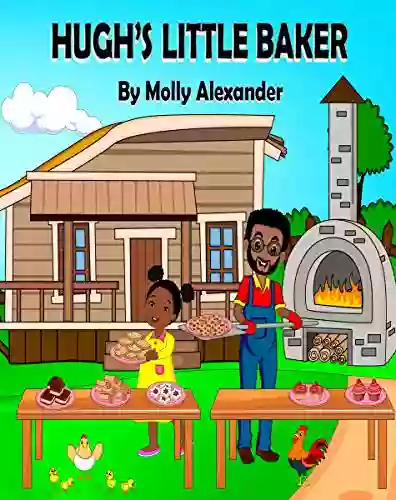
 Greg FosterThe Remarkable Journey of a Brave Young Girl to Rescue and Revive Her Family...
Greg FosterThe Remarkable Journey of a Brave Young Girl to Rescue and Revive Her Family...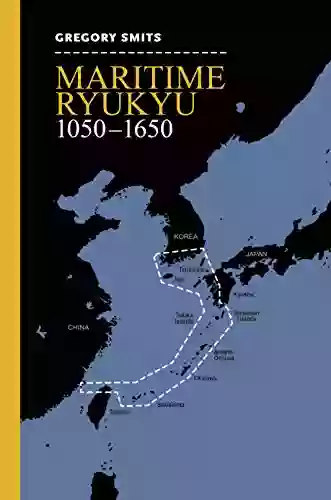
 Oscar WildeUnraveling the Secrets of Maritime Ryukyu: A Historical Journey with Gregory...
Oscar WildeUnraveling the Secrets of Maritime Ryukyu: A Historical Journey with Gregory...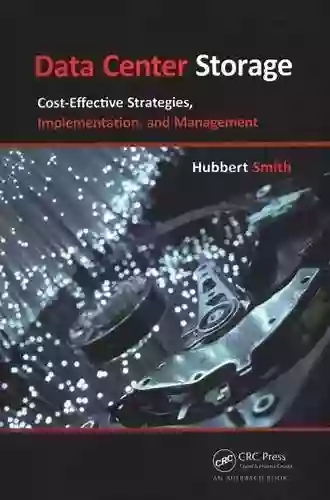
 Elmer PowellCutting Costs and Maximizing Efficiency: The Ultimate Guide to Cost Effective...
Elmer PowellCutting Costs and Maximizing Efficiency: The Ultimate Guide to Cost Effective... Luke BlairFollow ·5.6k
Luke BlairFollow ·5.6k Colton CarterFollow ·8k
Colton CarterFollow ·8k Mario BenedettiFollow ·10.8k
Mario BenedettiFollow ·10.8k E.M. ForsterFollow ·12.1k
E.M. ForsterFollow ·12.1k Galen PowellFollow ·19.9k
Galen PowellFollow ·19.9k Charles DickensFollow ·18.6k
Charles DickensFollow ·18.6k Xavier BellFollow ·11.9k
Xavier BellFollow ·11.9k Oscar BellFollow ·6.6k
Oscar BellFollow ·6.6k


